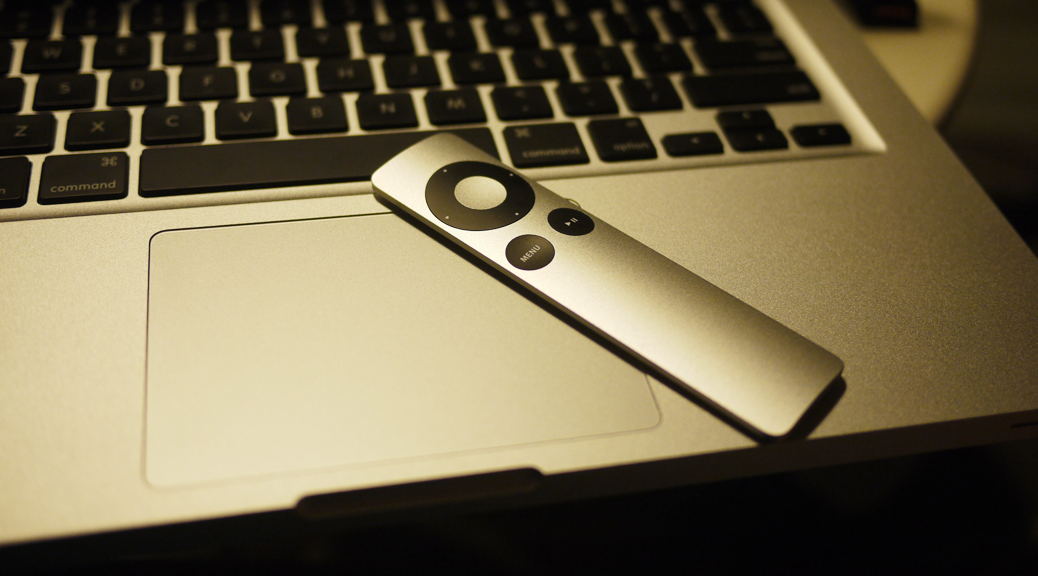Update: As of February 2021, The Great Suspender is no longer available due to the releases being overtaken by a malacious owner. Modern Chrome versions are said to have better memory management anyway, so you may find a separate extension unnecessary. If you’re like me and have upwards to 30-50 browser tabs open at the same time, you may notice that your computer becomes sluggish. In my case this was because all the tabs still consume memory even though I might not need them for some period of time. I still like to keep some tabs that I might need Continue Reading
Tips and Tricks
Random tips and tricks for anything computer related.
Delaying a MacBook Pro’s deep sleep
I bought a new mid-2012 non-Retina MacBook Pro late last year, immediately prior to the line being discontinued (I still think the second-generation MacBook Pros were the best series). After about a week, I found an annoying thing with it: When I turned on the computer after coming back from work, it seemed like it almost always required a cold startup after sleeping, where the optical drive initialized and did its buzz, and took a lengthy 10-15 seconds to wake up from sleep. Also, the computer would wake up (and the optical drive buzzed) even if the MagSafe charger was disconnected. Continue Reading
More Detailed Wi-Fi Info on Mac OS X
The option button can be used to reveal hidden options and information in various places around Mac OS. One example of this is if you option-click the Wi-Fi icon in the menu bar, you will be presented with additional information about the network you are currently connected to, including the type of the Wi-Fi you’re using, the base station’s MAC address, the frequency channel you’re on, and the strength of the connection, among other details. In addition, there is an additional option to open Wireless Diagnostics which might be able to help you with Wi-Fi issues (however, in my experience Continue Reading
Secure your Mac’s infrared port against random Apple Remotes
If you have a MacBook with an infrared receiver, did you know your Mac could be open to other people controlling your computer? By default, Mac OS will recognize the signal of any Apple Remote. Although the effect is relatively harmless (they will probably be able to randomly play some tracks on iTunes), it can range from being annoying if you were studying in the library and your friend happened to prank you, to embarrassing if you happened to be doing a presentation. Most people do not need to allow any Apple Remote to control their computer. Why would you Continue Reading
Mac OS X Terminal startup slow?
Tonight, I was finally fed up with my Terminal window taking nearly 10 seconds to show the initial prompt. I regularly use Terminal to SSH into other computers and to commit and pull code changes in git repositories. The delay was annoying so I looked for help. Luckily, other people on the Internet have noticed the same issue so it wasn’t hard to find a solution. The first one I came across was on this blog post on OSXDaily. Initially, I was a little skeptical of log files having anything to do with the Terminal startup time, but other Google Continue Reading
